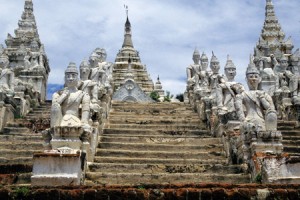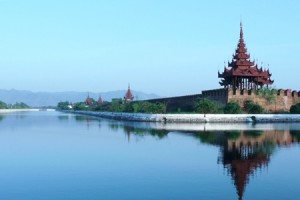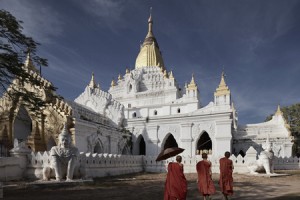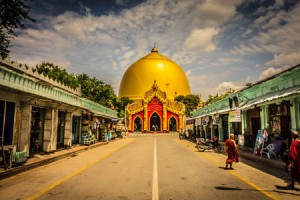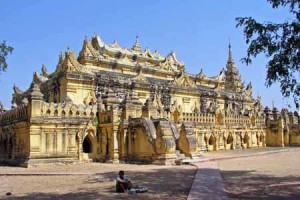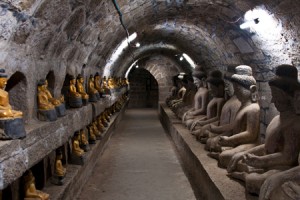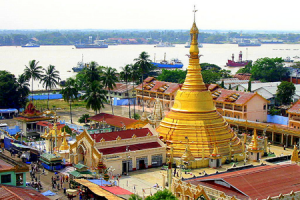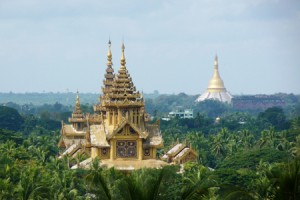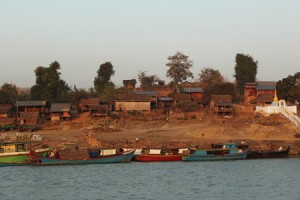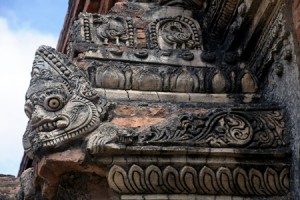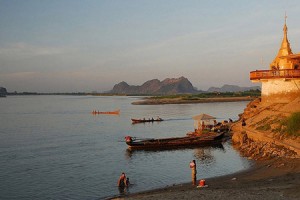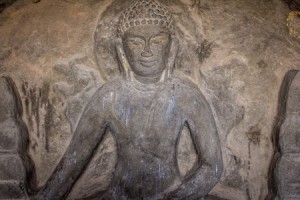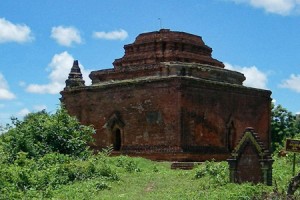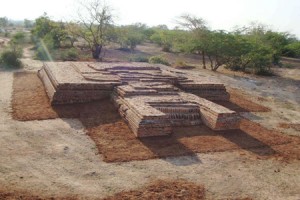Historical Sites in Myanmar
This category is intended to acquaint readers with some of the notable historical sites in Myanmar which are popular to visit in Myanmar tours. It will be noticed that the ancient sites are distinguished more by their monumental remains of religious significance than by any other perceptible vestiges. There are two main reasons for this peculiarity.
Firstly, Myanmar, being professedly Buddhists are wont to lavish their surplus wealth in building religious structures, the act of which is deemed to be one of the surest ways of attaining merit in accordance with the tenets of Buddhism. Secondly, most of the secular buildings, especially dwelling houses, were never built of durable materials like brick or stone because structures of timber, bamboo, and thatch are suited to the hot climate and easier and more economical to build than masonry structures. The materials are also available in abundance throughout the country.
At the same time, Myanmar is by nature humble or modest and feel quite at ease in abiding by the age-old custom of living in wooden houses while masonry structures are exclusively dedicated to the religious purpose. Even palaces were invariably built of timber till the nineteenth century and only a few masonry apartments were added later to the Mandalay Palace. Gilding was, however, reserved for both ecclesiastical and royal buildings. Thus innumerable pagodas belonging to all ages are to be found throughout the country and it is no wonder that Myanmar is popularly known as the ‘Land of Pagodas’. It is therefore natural that the religious edifices come to the forefront in presenting the historical sites in Myanmar.
On the other hand, it is not intended to recount here the history of the nation in any degree of comprehensiveness nor to dwell at length on the architectural details of every monument worthy of mention. As in many countries, Myanmar has its history mingled with traditional lore and beliefs. The founding of cities and the erection of religious monuments, sometimes assuming important landmarks in the history of the country, are generally cloaked with hoary traditions to emphasize their antiquity or importance. For example, many pagodas are popularly attributed to Asoka and some modern stupas to Alaungsithu. Refutable associations need to be discounted, but sometimes the traditional background with sentimental undertones goes a long way to understand the vicissitudes of a developing nation and the evolution of its monumental and sculptural arts. Such traditions as were of consequence in molding public sentiments are therefore mentioned for what they are worth.
The historical periods of the different sites are presented in a more or less chronological sequence. However, in cases where the sites pertain to more than one historical period, they are treated in the later periods when they have attained more prominence in the history of the country, allusions being made to their original significance. A few of the sites are difficult of access, but it is not proper to leave them out for this reason alone: their inclusion, it is hoped, would afford the reader a fuller perspective of the ancient sites throughout the country and thus fulfill the purpose of this category.


